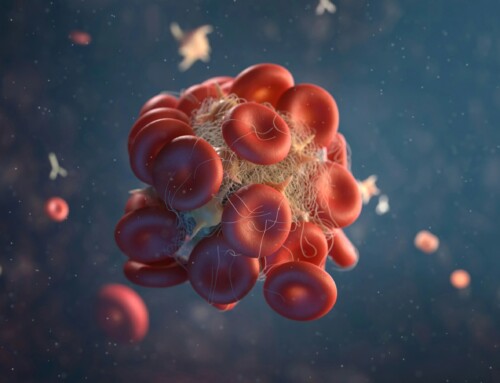 Do you make your workouts scary? If not, you probably should!
Do you make your workouts scary? If not, you probably should!
While high-intensity strength training may seem daunting at first, it’s that level of challenging effort that drives your significant improvements in muscle growth, metabolic function, and strength. By consistently pushing your boundaries, under safe and controlled conditions, you can expect substantial gains in both physical performance and aesthetic results.
Scary workouts are only that way because you learn to push yourself out of comfort zones. You will realize you have to bring complete concentration and 100% effort. This can make you uneasy sometimes (it does for me!) but that’s how you know you are not just checking the box for your workout this week.
So why bother?
Here are 5 great reasons to make your workouts scary – but remain safe.
Top 5 Reasons to Embrace High-Intensity Strength Training:
- Muscle Hypertrophy: High intensity strength training performed to the point of momentary muscular failure stimulates muscle fibers to undergo hypertrophy—the process of muscle growth and adaptation. By lifting heavy weights with proper form until you can no longer complete another repetition with proper technique, you activate muscle fibers more effectively than when performed with lower intensity.
- Efficiency: High-intensity training maximizes your workout efficiency. By focusing on challenging your muscles intensely rather than simply going through the motions, you achieve greater physiological adaptations in a shorter amount of time compared to low to moderate intensity exercise. You should aim for under 20 minutes of exercise per workout. If you’re doing it longer, you probably aren’t working hard enough!
- Metabolic Boost: Intense resistance training not only builds muscle but also increases your basal metabolic rate. Muscle tissue requires more energy (calories) to maintain than fat tissue, so the more lean muscle mass you have, the more calories you burn at rest. This metabolic boost extends beyond the workout itself, improving your long-term weight management and fat-loss goals.
- Strength Gains: The principle of progressive overload—the gradual increase of stress placed upon the body during exercise—is crucial for strength development. High-intensity strength training requires that you systematically increase resistance and maintain the time under load (TUL) over the months and years you train. It’s this progression that leads to continuous improvements in muscular strength and endurance.
- Neuromuscular Adaptations: Beyond muscle size and strength, slow-motion high-intensity training enhances neuromuscular coordination and efficiency. Your nervous system learns to recruit motor units more effectively, improving your ability to generate force and feel better body awareness.
Your exercise should be meaningful and only if it is meaningful can you expect real and lasting change
Embracing the challenge of high-intensity strength training requires a strategic approach to avoid injury and maximize benefits. Ensure you maintain proper form and increase intensity and load as your strength improves. If the resistance isn’t rising then something needs to change – usually it’s either more intensity or longer recovery.
When you understand the physiological mechanisms behind high-intensity strength training, it empowers you to approach your workouts with purpose and determination. Each session should aim to push your muscles (and your mind) to their limits—where you momentarily fail to complete another repetition—which triggers the biochemical processes necessary for muscle growth and adaptation.
So, whether you’re aiming to build muscle, boost metabolism, or drop body fat, performing proper slow-motion, high-intensity strength training provides a scientifically backed pathway to achieving those fitness goals.
Approach each workout with focus, embrace the discomfort as a sign of progress, and watch as your body transforms in response to the demands you place upon it.
Want to try it out? Contact me here: https://www.desistostrengthtraining.com/contact/





